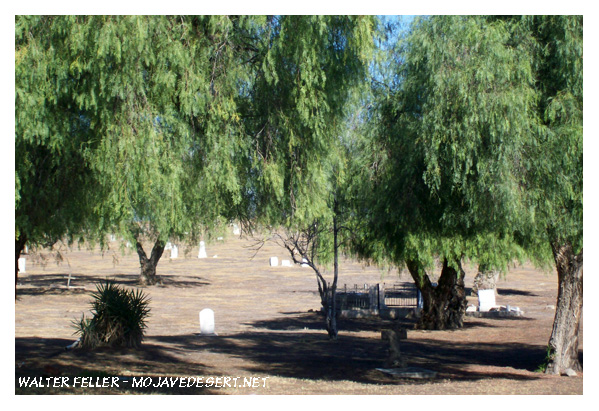Hispanic New Mexican families

Agua Mansa cemetery, Colton, CA.
Hispanic New Mexican families, Anglo-Americans from the U.S., and others immigrated to California on the Old Spanish Trail.
Some New Mexicans accompanied American immigrants, such as the Rowland-Workman party. Others accompanied Mexican trade caravans; and some traveled on their own. Historical references may sometimes only refer to the number of families and not to the number of individuals.
In 1837, Jos Mara Chvez and his brother Julian Chvez, with family members and several others, escaped New Mexico by way of Utah to California. They had been singled out for execution for siding with Governor Albino Prez, who was slain in the New Mexico Rebellion of 1837. In California, they joined the rebellion and were captured by government forces under General Jos Castro. They were later released. Jos Mara returned to New Mexico but Julian remained, settling in Chvez Ravine in Los Angeles. In 1838, Lorenzo Trujillo and six other New Mexicans left New Mexico for California. En route, Manuelita Renaga gave birth at Resting Springs on the Old Spanish Trail. These eight individuals became the first settlers in the San Bernardino area. In 1839, 75 New Mexicans arrived in California and settled near Rancho de San Jos. Several groups arrived in 1842, including a party of 40 from Abiqui, New Mexico, who settled at Agua Mansa and Politana, and a group of 19 families who eventually settled in San Luis Obispo. In 1843, 10 families accompanied the regular caravan; another 10 families possibly accompanied a group under John Rowland; and five families arrived at Agua Mansa in 1844.
Beginning with the Wolfskill-Yount party in 1830, a number of Americans following the Old Spanish Trail also stayed in California. Approximately 28 Americans (about 21 adult males and eight family members) are known to have immigrated along the Old Spanish Trail between 1830 and 1838. William Pope and Isaac Slover, who led a group in 1837, had previously been to California via the Gila Route. In 1841, the Rowland-Workman party immigrated on the trail. Most of the 26 men in this group were Americans, while several were native New Mexicans. Two of the New Mexicans brought their families. Nine members of the Rowland party did not stay in California. In 1844, Louis Robidoux and Jean Jeantet immigrated to California after traveling with a Mexican trade caravan, possibly along the Old Spanish Trail.
Previous - Next
About the Old Spanish Trail
American Indian groups
Spanish colonial interest
In late summer of 1826
A major variation of the Old Spanish Trail
The major reason for travel
There was considerable legal trade
Some of the vast fur trade
Hispanic New Mexican families
Americans and other foreigners
With the American takeover of California
Over the years a number of military groups
Overall, use of the Old Spanish Trail